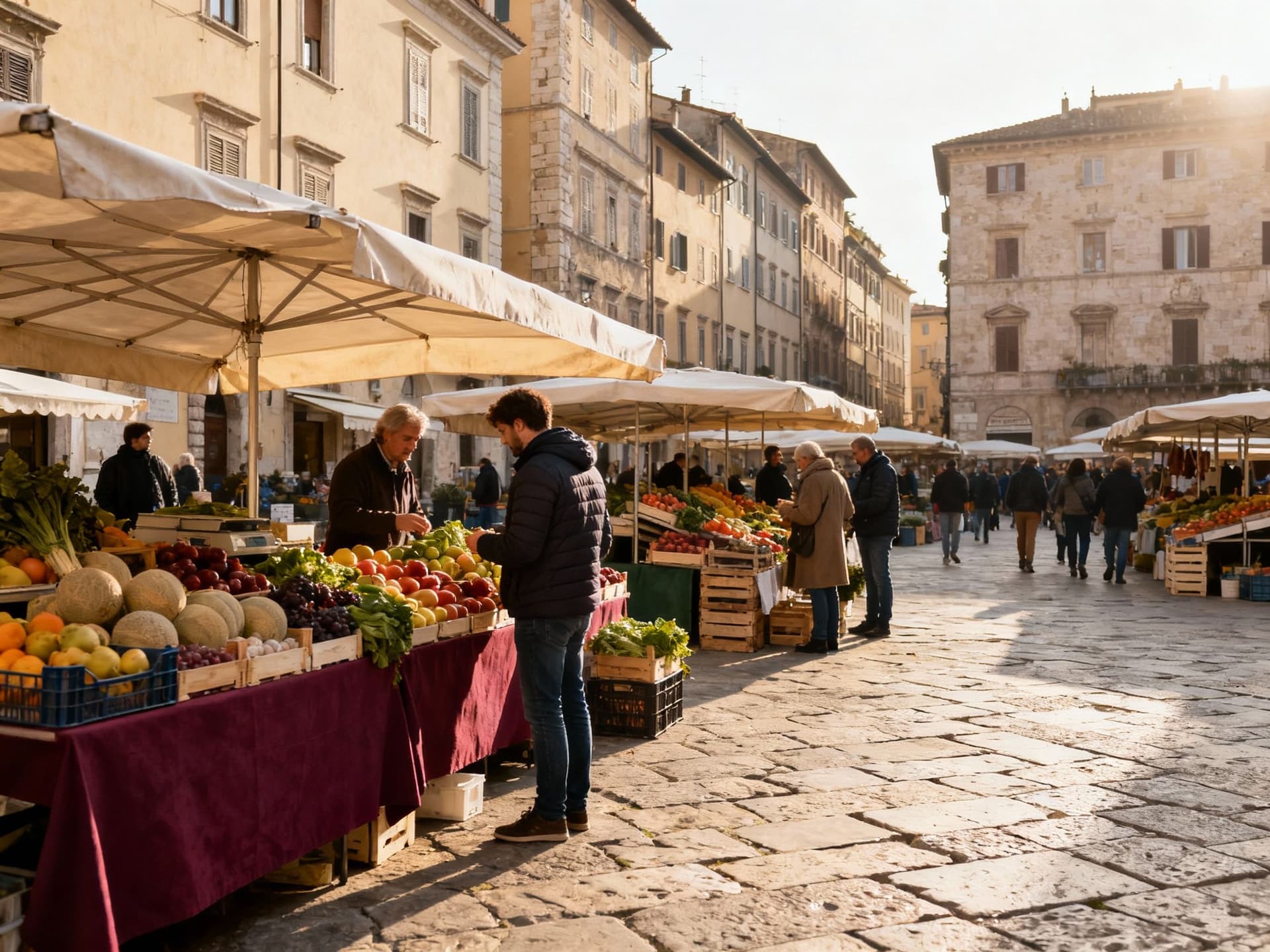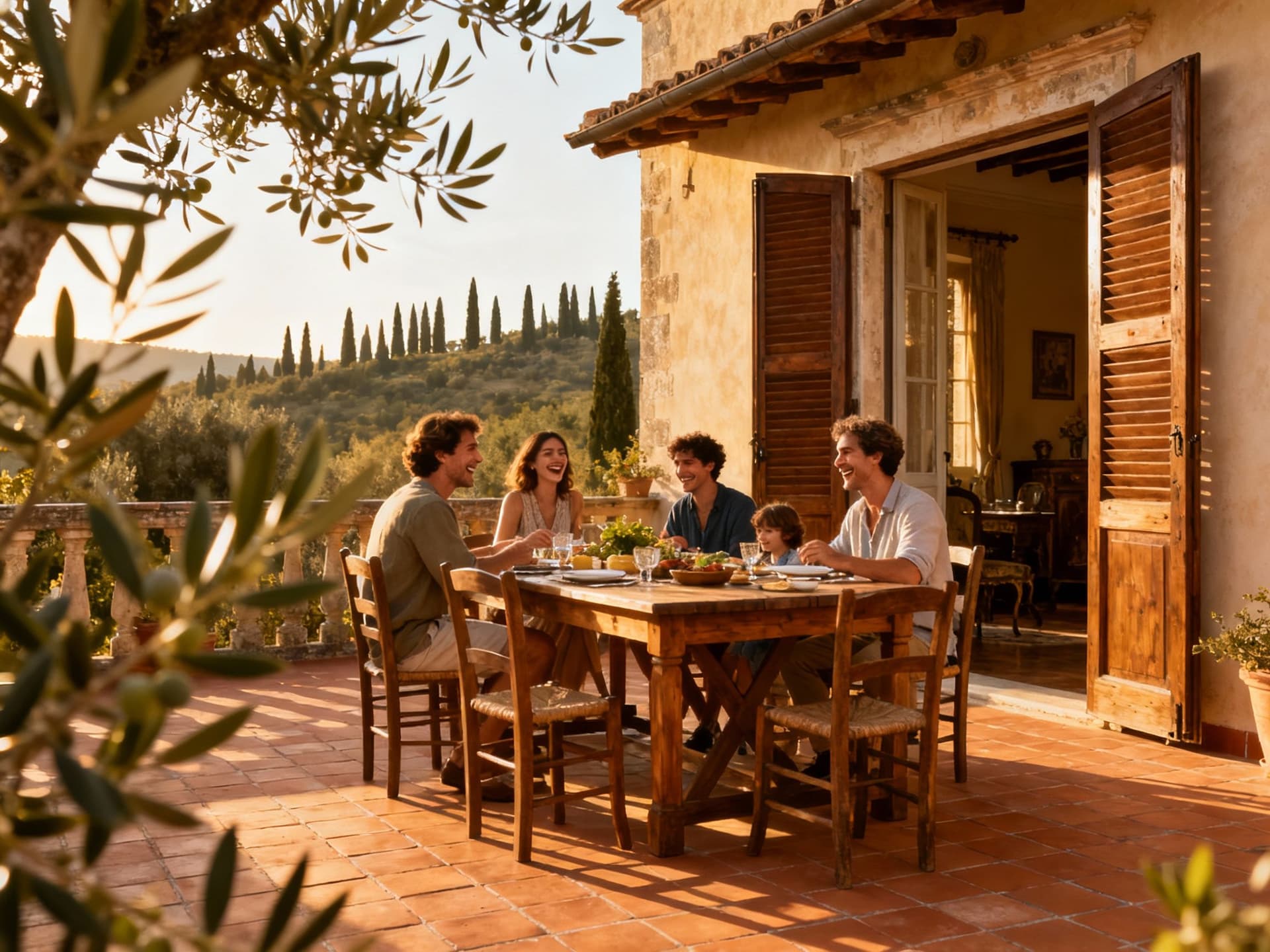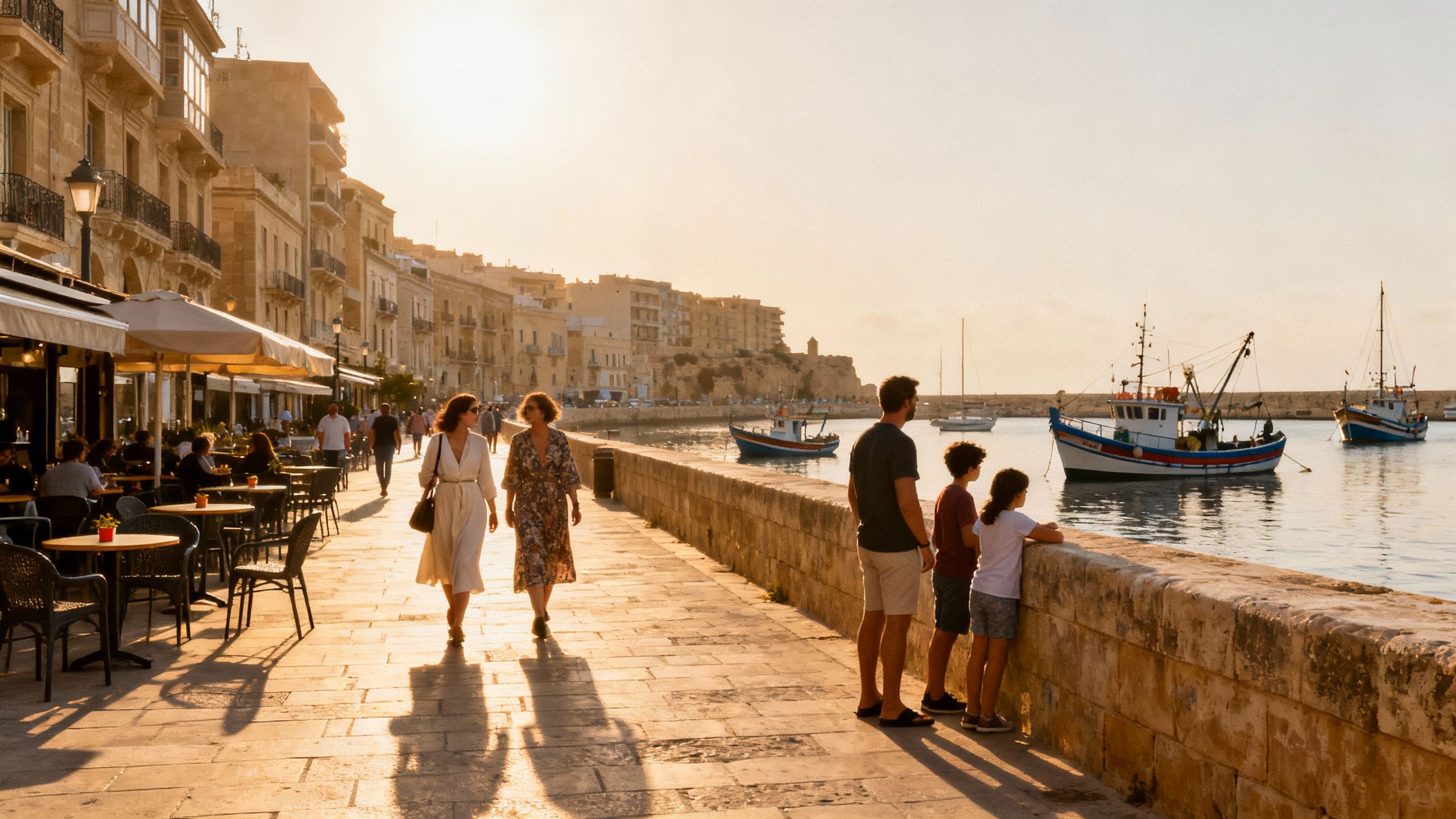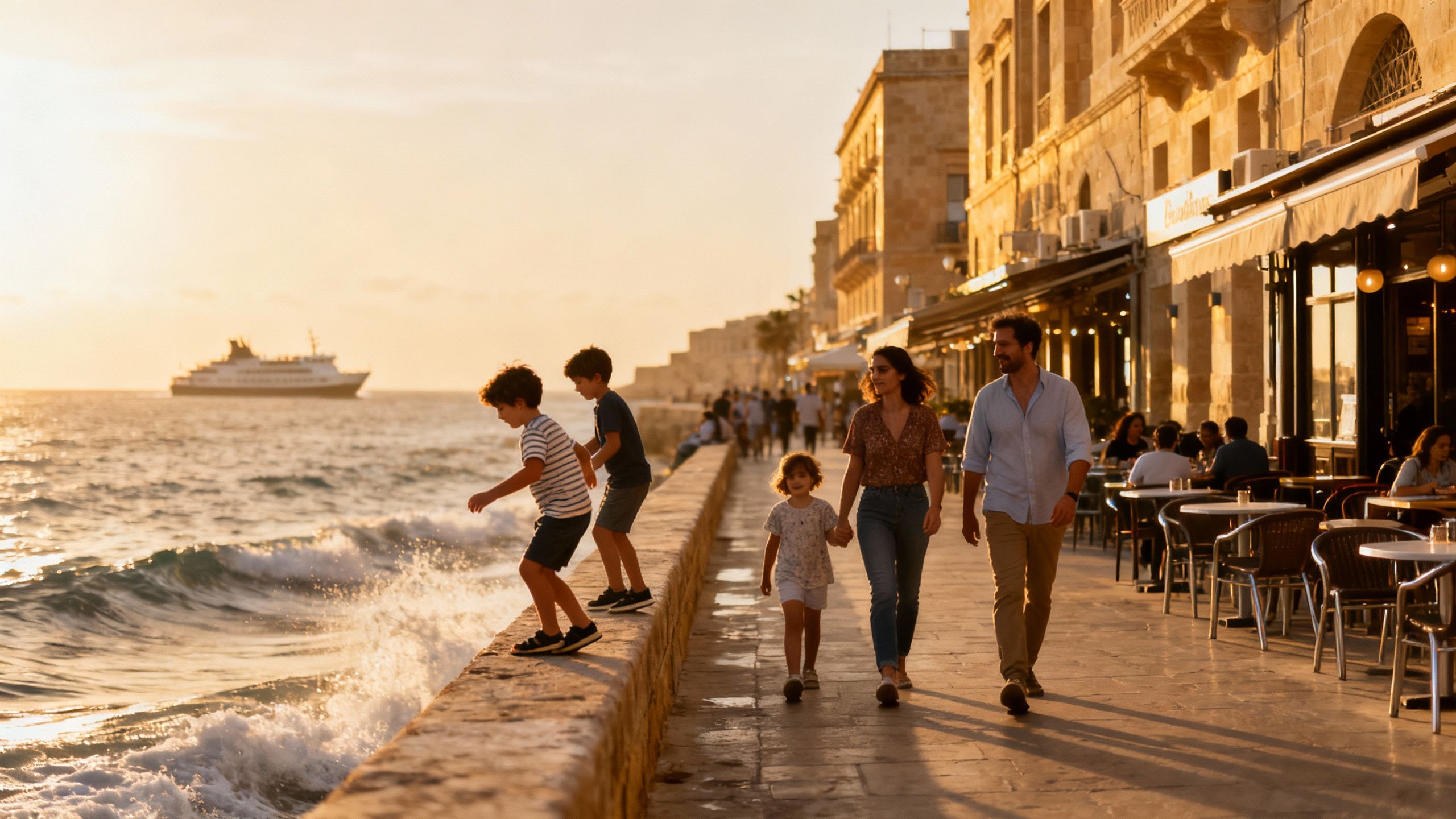Italy: Living Costs, Lifestyle & Purchase Realities
Practical and sensory guide to living costs in Italy: regional spending patterns, purchase taxes, and the lifestyle trade‑offs that shape long‑term value.
Imagine waking to the measured clatter of a barista’s tamper and the scent of brioche on a cobbled lane, then moving through an afternoon of markets, museums and a dusky piazza aperitivo. Italy’s daily rhythm is variously urban and bucolic, a succession of rooms in which food, craft and place conspire to make ordinary life feel curated. For international buyers, that lived quality is the principal attraction—but lifestyle must be weighed alongside taxes, local market dynamics and stewardship responsibilities. This review frames the pleasures of residence in Italy against present-day costs and purchase realities, so you may decide where and how to invest with clarity.
Living the Italian rhythm

Daily life in Italy rewards attention to material and seasonal detail. Whether your mornings begin in a Roman neighborhood with rusticated palazzi and lamplit bakeries or beside the Ligurian coast where fishermen mend nets at first light, costs are intimately tied to place: central city apartments carry higher rents and service charges, while country houses ask more for maintenance and heating. Recent household expenditure data indicate regional variance—northern and central regions show higher monthly spending than the south—so budget expectations should be region-specific rather than national averages. Understanding these patterns helps translate a desire for ‘authenticity’ into a practical budget.
Signature neighbourhoods and their characters
Rome’s Prati and Trastevere offer contrasting appeals: Prati’s ordered, late‑19th‑century facades and proximity to embassies suit quiet, family life; Trastevere’s alleyways and trattorie lend immediate sociability. In Florence, the Oltrarno preserves artisan workshops and a slower cadence, while Santa Croce and the historic centre provide dense cultural programming and higher property premiums. Coastal pockets—Portofino’s harbour, Amalfi’s terraces, or Liguria’s Cinque Terre peripheries—offer dramatic views but higher maintenance and tourism seasonality. Each neighbourhood’s lived experience determines recurring costs: utilities, local taxes, and concierge or garden maintenance differ markedly between these contexts.
Food, markets and seasonal rituals structure social life. Weekly mercato mornings, family-style osterie in village squares, and seasonal festivals such as chestnut fairs or patron‑saint processions supply both pleasure and recurring local spending. Regions like Tuscany and Emilia‑Romagna are celebrated for gastronomic infrastructure—small‑scale provisioning that supports a high quality of life but also a higher day‑to‑day cost for fresh produce and dining out. For buyers, proximity to markets and reputable suppliers is as significant as square metres when measuring lifestyle value.
- Lifestyle highlights to budget for
- Weekly mercado shopping in central districts (e.g., Campo de' Fiori, Mercato Centrale)
- Regular dining at neighbourhood osterie and enoteche (mid-range meals from €25–€60)
- Seasonal travel between cities and countryside—rail and low‑cost flights factor into annual budgets
Making the move: practical considerations

The romance of place must be reconciled with contemporary cost pressures. Inflation in Italy has moderated in recent years, but energy costs, municipal rates and renovation prices materially affect ownership costs. Before committing, establish a three‑year running budget that includes one‑off acquisition taxes, ongoing IMU/TARI liabilities, and a realistic annual envelope for maintenance and restoration. This forward view prevents surprises and positions an acquisition as thoughtful stewardship rather than an emotional impulse.
Property types and how they shape costs
A historic palazzo flat entails condominium levies and sometimes higher heating costs; a country villa brings gardening, pool upkeep and roof maintenance into the annual ledger. Newly built homes or purchases from VAT‑registered developers attract IVA (VAT) at different rates than transfers between private parties; similarly, registering a property as your 'prima casa' can reduce registration taxes substantially. These distinctions alter both upfront and recurring costs and should inform whether you seek converted historic fabric, contemporary construction, or a rural restoration project.
Working with local experts who preserve lifestyle intent
- Engage a notary (notaio), a local architect for surveys, and an accountant familiar with cross‑border taxation early in the process. A considered team will advise on cadastral valuations used for registration tax, identify habitual residence opportunities for 'prima casa' relief, and model annual ownership costs including IMU and TARI. They will also appraise renovation scope and likely municipal permissions—essential when working with heritage buildings. Investing in this counsel reduces negotiation risk and protects the lifestyle you intend to lead.
Insider knowledge: what expats wish they’d known
Long‑term satisfaction hinges on small integrations: mastering local bureaucracy, learning enough Italian to manage suppliers, and timing seasonal living to match your property type. Expat communities cluster predictably—Americans and Northern Europeans in Tuscany and Umbria, British and Northern Europeans along parts of Puglia and Sicily—creating social networks that ease transition yet do not supplant immersion in local life. Practical realities—school terms, healthcare registration, and winter heating costs—shape whether a property becomes a year‑round home or a seasonal retreat.
Cultural integration and everyday life
A willingness to adopt local rhythms—timed shopping trips, late lunches, and the informal economy of tradespeople—translates into a fuller life and frequently into cost savings. Language ability eases vendor negotiations and clarifies contract terms; where language barriers persist, a trusted local agent or bilingual lawyer is indispensable. The social currency of small gestures—knowing the butcher by name, attending the patronal feast—cannot be costed precisely, yet it materially enhances everyday value and sense of belonging.
Long‑term stewardship and value preservation
Italy’s prime pockets have shown resilience, particularly in regions celebrated for culture and landscape. Preservation of historic fabric and careful restoration are not merely aesthetic choices but central to capital preservation: well‑executed conservation typically supports higher rental returns and long‑term value. Before purchase, secure a clear maintenance plan and an experienced local conservator where historic status applies; this protects both enjoyment and investment.
- Steps to align lifestyle with fiscal reality
- Obtain a certified survey and energy assessment to forecast renovation and heating costs
- Model three years of ownership costs including property taxes, utilities and maintenance
- Confirm cadastral classification and discuss 'prima casa' eligibility with your notaio and accountant
- Build a local support team: agent, notaio, architect, conservator and bilingual accountant
When these measures are in place, the transition from aspirational idea to lived reality is smoother and more durable. A considered approach transforms a purchase into intergenerational stewardship rather than a speculative transaction.
If Italy’s cadence appeals, begin with a short reconnaissance visit in the season you intend to live there. Spend mornings in markets, afternoons with agents viewing properties, and evenings with locals at a piazza table. That pattern—observe, consult, verify—will reveal both how you wish to live and the practical envelope required to sustain that life. When you are ready, local agencies act less as vendors and more as custodians of place, matching architectural integrity with lifestyle purpose.
Conclusion: Italy repays attentiveness. The nation offers varied microclimates, cultural depth and architectural inheritance that enrich daily life. Yet realizing this life depends on precise budgeting, informed professional counsel and respect for local regulations and conservation practice. Begin with research, test the rhythms, and assemble a local team; the rewards are not merely financial but a continuity of place that endures.
Relocating from London to Mallorca in 2014, I guide UK buyers through cross-border investment and tax considerations. I specialise in provenance, design integrity, and long-term value.


